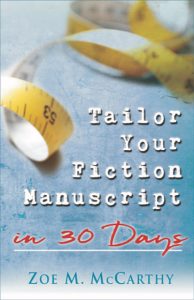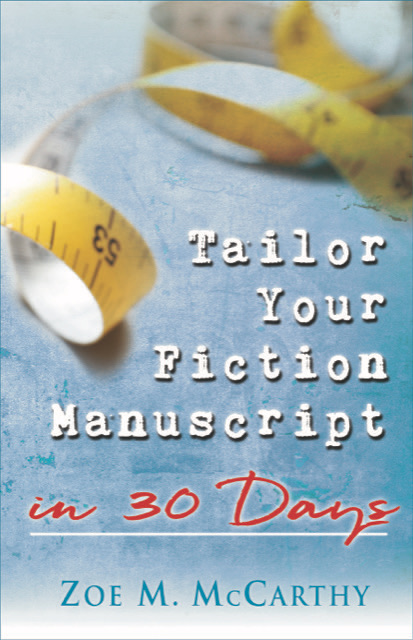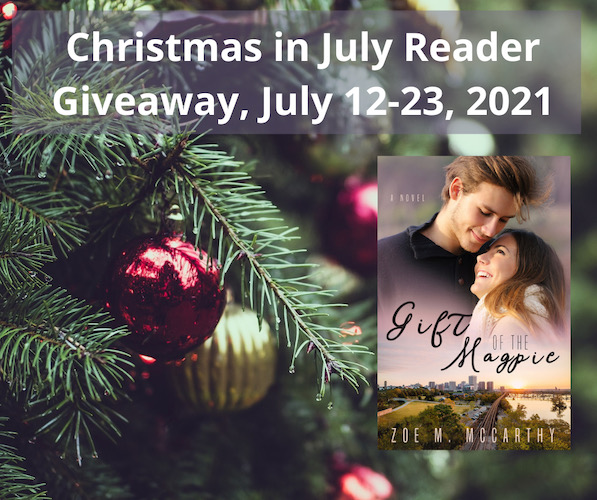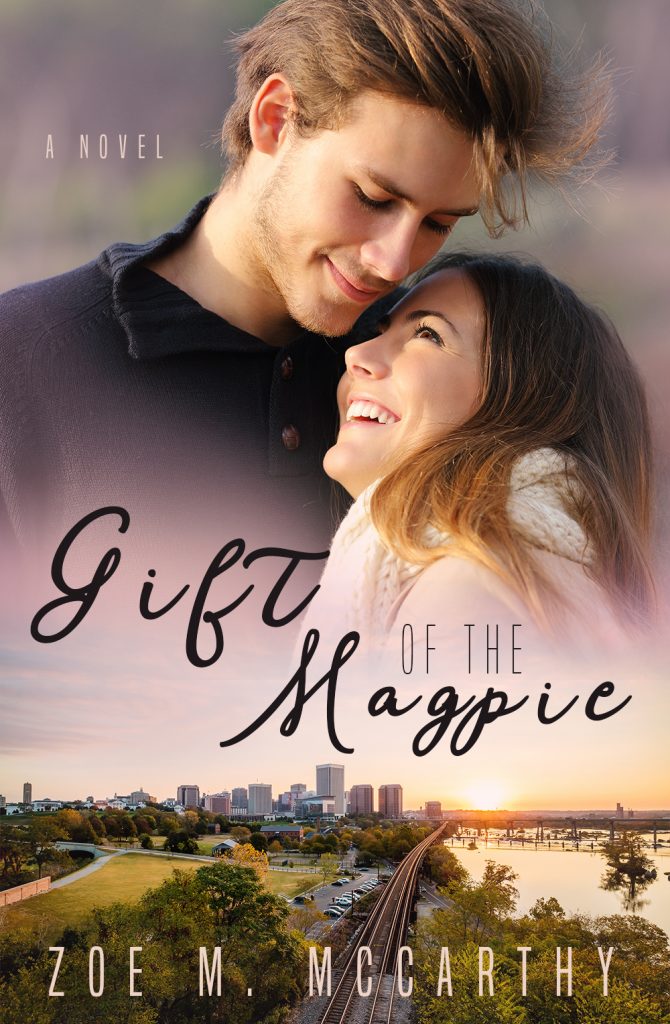 Zoe has developed a guiding resource for beginning writers. Her method is designed for brainstorming, shaping, and revising an early draft of a manuscript. General and specific tips are offered for applying rules of writing to enhance one’s story for a workable second draft. By exploring the plot line of Love Comes Softly writers may examine their own work for stronger plot and characterization. Valuable tools are offered that enable the writer to develop a workable draft in 30 days! —Yvonne Lehman, award-winning, best-selling author of 48 novels
Zoe has developed a guiding resource for beginning writers. Her method is designed for brainstorming, shaping, and revising an early draft of a manuscript. General and specific tips are offered for applying rules of writing to enhance one’s story for a workable second draft. By exploring the plot line of Love Comes Softly writers may examine their own work for stronger plot and characterization. Valuable tools are offered that enable the writer to develop a workable draft in 30 days! —Yvonne Lehman, award-winning, best-selling author of 48 novels
Learn more at the end of the post.
What do you do when chapters don’t lend themselves to a hook? Here’s what I’ve done.
1. Story set up
My story focuses more on a time-driven mission than on one or two characters’ journeys. It has two main point-of-view (POV) characters with growth arcs and continue into the second part of the mission in book two. But book one also has two intermediate and four minor characters with POV chapters. They all move the mission along.
Problem:
Some minor and intermediate characters’ POV chapters are “stand-alone” chapters. They add to the mission as it marches along in time, but they are complete events in themselves and don’t relate to other POV characters’ chapters. Therefore, the end of their chapters must wrap up their part of the mission because we won’t be coming back to them soon or ever to tie up an ending hook.
Often the perfect place for a hook is in the middle of the last scene of problem chapter. But some readers dislike writers to end a scene with a hook, then start the next scene right where the last scene left off.
Solutions:
Sometimes a great ending hook naturally presents itself, or I can rewrite a scene to create an ending hook. But on those “stand-alone” chapters, I can at least remove unnecessary wrap-ups.
 1. I axe ending sentences that tend to wrap up a situation or add ending sentences that leave something open.
1. I axe ending sentences that tend to wrap up a situation or add ending sentences that leave something open.
2. I must remember an ending hook isn’t a character feeling perplexed, sad, or worried. Those endings show how the character feels and isn’t much of a hook.
3. The examples below are from my book in progress.
Example 1 – Rewriting and cutting.
The bug the women talk about is a listening device. Elsie locates it in their RV after Dreama’s near drowning at the hands of a security policeman.
Before:
With little pain to her bum knee, Elsie marched the bug’s remains outside to the bridge and dropped them into the water.
Dreama stood at her side, the towel wrapped around her head. “Good riddance. Is that all of them?”
“Yes.”
“You did good, Elsie girl.”
“Let’s call it a day. St. Louis is a little way up the road. Let’s find a campground outside the city, then take showers.”
After:
Elsie stared at the bug, then picked it up and set it on the tip of her forefinger. With little pain to her bum knee, she marched outside, and flicked the bug into the grass.
Dreama stood at her side, her towel wrapped around her head. “Good riddance,” she whispered. “Is that all of them?”
“Won’t know until we’re out of range of that bug.”
Analysis:
I rewrote the before and moved the kudos from Dreama to the next scene which takes place after their showers. I left them not knowing whether their device detector is picking up the bug they tossed into the grass or another bug in the RV. They need to watch what they say.
Example 2 – Adding
 Lola delivers illegal Bible verses hidden underneath beaded bracelets she creates and normally would sell.
Lola delivers illegal Bible verses hidden underneath beaded bracelets she creates and normally would sell.
Before:
Thankful the need to paddle was light on the way home, Lola rested and recalled her four encounters with the Word carriers. When she reached the hut of the third carrier, the woman waved to her, and on her arm was the beaded bracelet. The same greeting occurred when she passed the shacks of the other two carriers who wore their bracelets. Was that a sign she had pleased God with her accomplishments today?
After:
Thankful the need to paddle was light on the way home, Lola rested and recalled her four encounters with the Word carriers. When she reached the hut of the third carrier, the woman waved to her, and on her arm was the beaded bracelet. The other two women sent her the same greeting when she passed their shacks, wearing their bracelets. Was that a sign she had pleased God with her accomplishments today?
Would God send more women out of their huts to beckon her to them on her way home? Oh, how she prayed it so. Eight bracelets remained in her bag. Papi said he’d return in two more days, but he had come home early on other trips.
Analysis:
The before wraps up a good day for Lola. She feels good. We won’t be returning to Lola until a much later part of the mission. For the after, we already know that Papi, Lola’s father, is abusive and would punish her if he catches her covertly distributing Bible verses to women along the river. She must get the eight verses delivered before he comes home.
The afters for both scenes aren’t a strong hook, but they leave the reader with possible problems that don’t need to be tied up soon.
How do you turn a difficult chapter’s ending into a hook or at least into one that doesn’t leave the reader content to say goodnight?
I finished reading Tailor Your Fiction Manuscript in 30 Days. I have AND will highly recommend it to anyone who dabbles in fiction. It’s one of the best “how to” books I’ve ever read.
—Marsha Hubler, Director Montrose Christian Writers Conference
If you want to increase your chance of hearing yes instead of sorry or not a fit for our list at this time, this book is for you. If you want to develop stronger story plots with characters that are hard to put down, this book is for you. Through McCarthy’s checklists and helpful exercises and corresponding examples, you will learn how to raise the tension, hone your voice, and polish your manuscript. I need this book for my clients and the many conferees I meet at writer’s conferences around the country. Thank you, Zoe. A huge, #thumbsup, for Tailor Your Fiction Manuscript in 30 Days.
—Diana L. Flegal, literary agent, and freelance editor
Tailor Your Fiction Manuscript is a self-editing encyclopedia! Each chapter sets up the targeted technique, examples show what to look for in your manuscript, then proven actions are provided to take your writing to the next level. Whether you are a seasoned writer or a newbie, you need this book!
—Sally Shupe, freelance editor, aspiring author
Need to rework your book? Zoe M. McCarthy’s step-by-step reference guide leads you through the process, helping you fight feeling overwhelmed and wrangle your manuscript into publishable shape in 30 days. Tailor Your Manuscript delivers a clear and comprehensive action plan.
—Elizabeth Spann Craig, Twitteriffic owner, bestselling cozy mystery author of the “Myrtle Clover Mysteries,” the “Southern Quilting Mysteries,” and the “Memphis Barbeque Mysteries,” http://elizabethspanncraig.com/blog/
Zoe’s book, Tailor Your Fiction Manuscript in 30 Days, is a fresh and innovative refocusing of your novel or novella. Through a few simple—and fun—steps, Zoe helps writers take their not-ready-for-publication and/or rejected manuscripts to a spit-polish finish. Writing is hard work, yes, but it doesn’t have to be difficult.
—Eva Marie Everson, best-selling and multiple award-winning author, conference director, president of Word Weavers International, Inc.
Tailor Your Fiction Manuscript in 30 Days is chock-full of practical techniques. Numerous examples clarify problem areas and provide workable solutions. The action steps and blah busters McCarthy suggests will help you improve every sentence, every paragraph of your novel. If you follow her advice and implement her strategies, a publisher will be much more likely to issue you a contract.
—Denise K. Loock, freelance editor, lightningeditingservices.com
A concise, detailed, step by step resource for all writers.
— Jamie West, editor coordinator, Pelican Book Group
Zoe’s writing blog has always intrigued me. As a high school English teacher, I can attest that her tips on good grammar and her hints for excellent sentence and paragraph structure are spot on. But as an author, I also appreciate her ever-present advice that excellent skills are not enough: you must tell a good story, too. This book clearly shows how to do it all.
—Tanya Hanson, “Writing the Trails to Tenderness,” author of Christmas Lights, Outlaw Heart, Hearts Crossing Ranch anthology, and coming in 2019, Tainted Lady, Heart of Hope, and Angel Heart. www.tanyahanson.com
McCarthy crafted an amazing self-help book that will strengthen any writer, whether new or seasoned, with guidance and self-evaluation tools.
–Erin Unger, author of Practicing Murder, releasing in 2019









 RSS - Posts
RSS - Posts